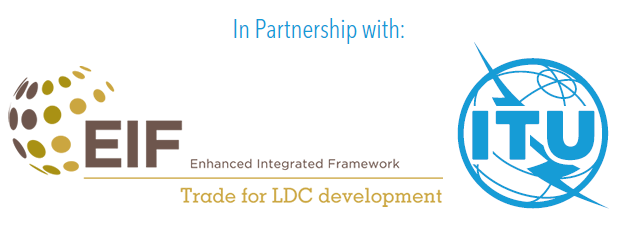2.5 Access to infrastructure and digital services
Women, particularly living in rural areas, find it more difficult than men to access to infrastructure and digital services. Globally, over 1 billion people lack access to electricity, and close to 3 billion lack access to clean cooking. Women bear the greatest burden of this energy poverty. 45 ITU estimates that approximately 4.9 billion people – or 63 per cent of the world’s population – were using the Internet in 2021. This represents an increase of 17 per cent since 2019, with 782 million people estimated to have come online during that period. However, this leaves 2.9 billion people still offline.46 According to the Network Readiness Index 2021, “[d]ivides in access exist not just between regions and economies but also remain persistent between genders. The digital gender divide continues to present a significant barrier to meaningful participation in a digital society…”.47
Gaps in ICT infrastructure and Internet access are important elements of the digital divide. The region with the highest Telecommunication Infrastructure Index48 value in 2020 was Europe (0.82); the corresponding values for Asia and the Pacific and the Americas are just under 0.60, and those for Africa and Oceania are below 0.40. The proportion of individuals with Internet ranges from 26.8 per cent in Africa to 82.4 per cent in Europe.49
Box 5: Using funding to mainstream the inclusion of women and girlsThe gender gap is not driven by technology, but rather exacerbated by it. Furthermore, societal structures and biases that value women’s work less, underpay women (thus limiting their purchasing power), limit their opportunities for education (thus reducing digital literacy) and compromise women’ security (thus limiting their participation) only enhance the real-world divides. Financing presents an opportunity to ensure that the response to these challenges is mainstreamed. When assessing project proposals, universal service and access funds (USAFs) and other financiers can develop and apply selection criteria based on a digital-inclusion framework. It is important to bear in mind the following when considering the analysis of project impact on women and other marginalized communities: a) It is a process, not an event – the publication of a gender-gap report or research on an aspect of ICT and gender is important to identifying and quantifying |

